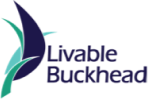Piedmont Area Transportation Study
The Piedmont Area Transportation Study is the result of a one-year community planning effort sponsored by the Buckhead Community Improvement District (CID) and the Buckhead Area Transportation Management Association (BATMA – predecessor to Livable Buckhead). The study calls for a 20-year, $200 million plan of action to transform the Piedmont Road Corridor from a traffic-choked liability into a transportation asset for Buckhead and the region.
Partners:
Community Planning Efforts and Projects
Nearly everyone agrees that Piedmont Road in Buckhead needs some improvements. BATMA and the Buckhead Community Improvement District are leading an effort to do something about it.
The first step was a 12-month, $200,000 traffic mobility study of Piedmont from Roswell Road south to I-85. Learn more about the challenges facing Piedmont Road and the 47 projects recommended to improve it.
Study Guidance Groups
More than 25 individuals representing key stakeholder groups helped shape the Piedmont Area Transportation Study by serving on the steering committee or agency advisory committee. The groups represented included: Commercial property owners, Resident representatives from NPU-B, Employers, Elected officials, Atlanta Police Department – Zone 2, Atlanta Regional Commission, Buckhead Business Association, Buckhead Coalition, City of Atlanta Planning Department, City of Atlanta Public Works Department, Georgia Department of Transportation, Georgia Regional Transportation Authority, MARTA, and State Road and Tollway Authority
Multiple Challenges on Piedmont
A number of factors negatively impact traffic flow along Piedmont Road:
• Lack of a connection between Georgia 400 south and I-85 north
• Bottleneck intersections
• Larger volumes of southbound traffic than northbound traffic
• Lack of attractive alternatives to the car
Left unimproved, Piedmont Road will experience traffic delays that stretch well beyond rush hours, with average afternoon travel times increasing from 18 to 27 minutes and average speeds decreasing from 11 to 7 mph. A
Vision for a More Attractive, Efficient Piedmont Corridor
The Piedmont Area Transportation Study recommends 47 projects with a total capital cost of $200 million to produce “mobility balance” – weaving together transit, pedestrian, bike and roadway improvements.
Transit Improvements – Capital: $25.7 million
- Improve options for accessing Buckhead by establishing direct express bus service, increasing frequency of rail and bus service, and constructing I-85 HOV ramps to create access from the south
- Improve options for circulating within Buckhead by extending “the buc” shuttle service and constructing queue jumper lanes that allow buses to avoid sitting in traffic at traffic signals
Pedestrian and Bike Improvements – Capital $10 million
- Enhance the pedestrian environment and improve safety by widening sidewalks to 10 feet, adding landscape zones and improving pedestrian crossing opportunities
- Design roadway sections in a way that will allow inclusion of bike lanes in the future
Roadway Operations Improvements – Capital $158.9 million
- Convert lanes to accommodate heavier southbound traffic volumes
- Create dedicated left-turn lanes at all major intersections
- Complete the I-85/GA 400 interchange by constructing ramps from I-85 to GA 400 in both directions
- Improve traffic flow at the intersection of Piedmont and Roswell by:
- Increasing the length of the Piedmont to Habersham left-turn lane;
- Widening Roswell Road to accommodate a lengthened left-turn lane onto Powers Ferry Road;
- and signalizing the Powers Ferry/Roswell intersection.
- Widen portions of Piedmont Road to create three lanes in each direction.
Regulatory and Transportation Demand Management Improvements – Capital: $5.5 million
-
- Enhance overlay zoning districts to include design guidelines that reflect the anticipated urban design for the corridor
- Offer greater incentives for implementation of teleworking, alternative work scheduling, vanpool, carpool and transit programs
- Expand the community improvement district in order to generate additional local funds for future transportation improvements


